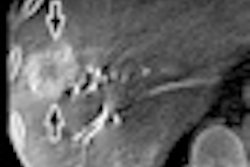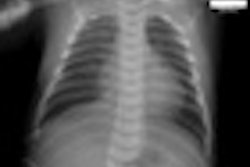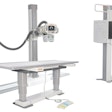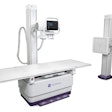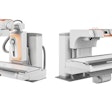Monday, November 26 | 5:30 p.m.-6:00 p.m. | LL-PHS-MO1D | Lakeside Learning Center
In this Monday evening poster presentation, researchers from Philips Healthcare will discuss their use of a lower tube voltage to reduce dose in digital radiography (DR) while maintaining a high contrast-to-noise ratio.One of the challenges of pediatric radiography is the very low-contrast anatomies of children, coupled with the higher sensitivity to radiation of young bodies. The Philips researchers found that they could exploit the different physical characteristics of digital radiography to achieve dose reduction compared to conventional film-based techniques, according to Dirk Manke, PhD, a Philips employee.
Specifically, dose reduction in conventional analog radiography is achieved by increasing tube voltage and using aluminum/copper prefiltration. This leads to beam hardening and a lower patient radiation dose, but it has the drawback of contrast loss in the image.
On the other hand, DR decouples image acquisition from display, creating opportunities for dose optimization. The team theorized that the optimal dose efficiency could be achieved with different beam qualities than those used for analog x-ray, and the researchers developed a phantom study to test their hypothesis.
They used a lower tube voltage, which led to softer beam quality and thus higher physical image contrast and contrast-to-noise ratio.





